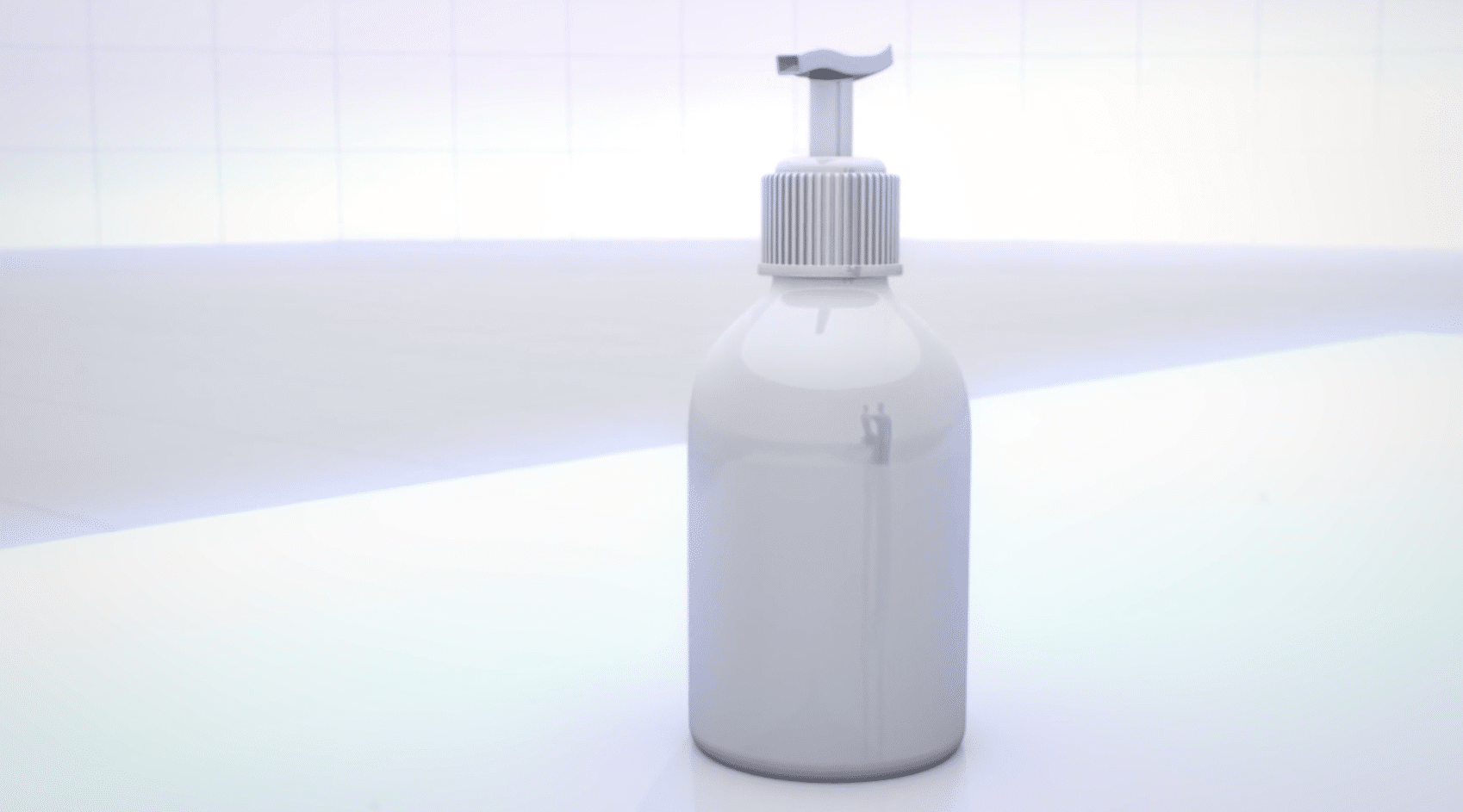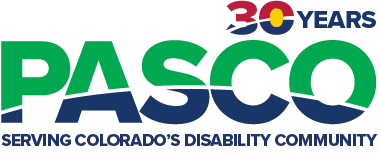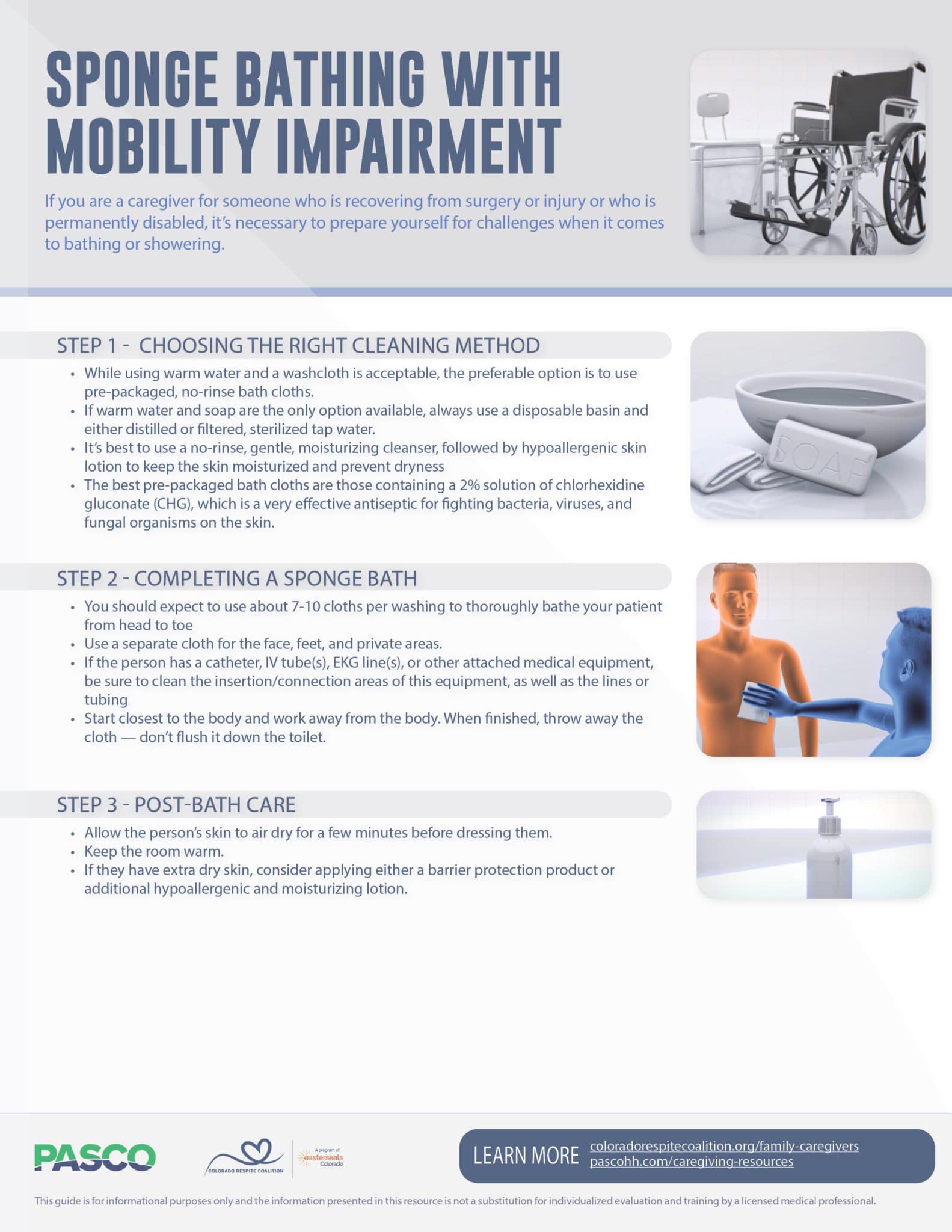If you are a caregiver for someone who is recovering from surgery or injury or who is permanently disabled, it’s necessary to prepare yourself for challenges when it comes to bathing or showering.
Step 1 - Choosing the Right Cleaning Method
- While using warm water and a washcloth is acceptable, the preferable option is to use pre-packaged, no-rinse bath cloths.
- If warm water and soap are the only option available, always use a disposable basin and either distilled or filtered, sterilized tap water.
- It’s best to use a no-rinse, gentle, moisturizing cleanser, followed by hypoallergenic skin lotion to keep the skin moisturized and prevent dryness
- The best pre-packaged bath cloths are those containing a 2% solution of chlorhexidine gluconate (CHG), which is a very effective antiseptic for fighting bacteria, viruses, and fungal organisms on the skin.
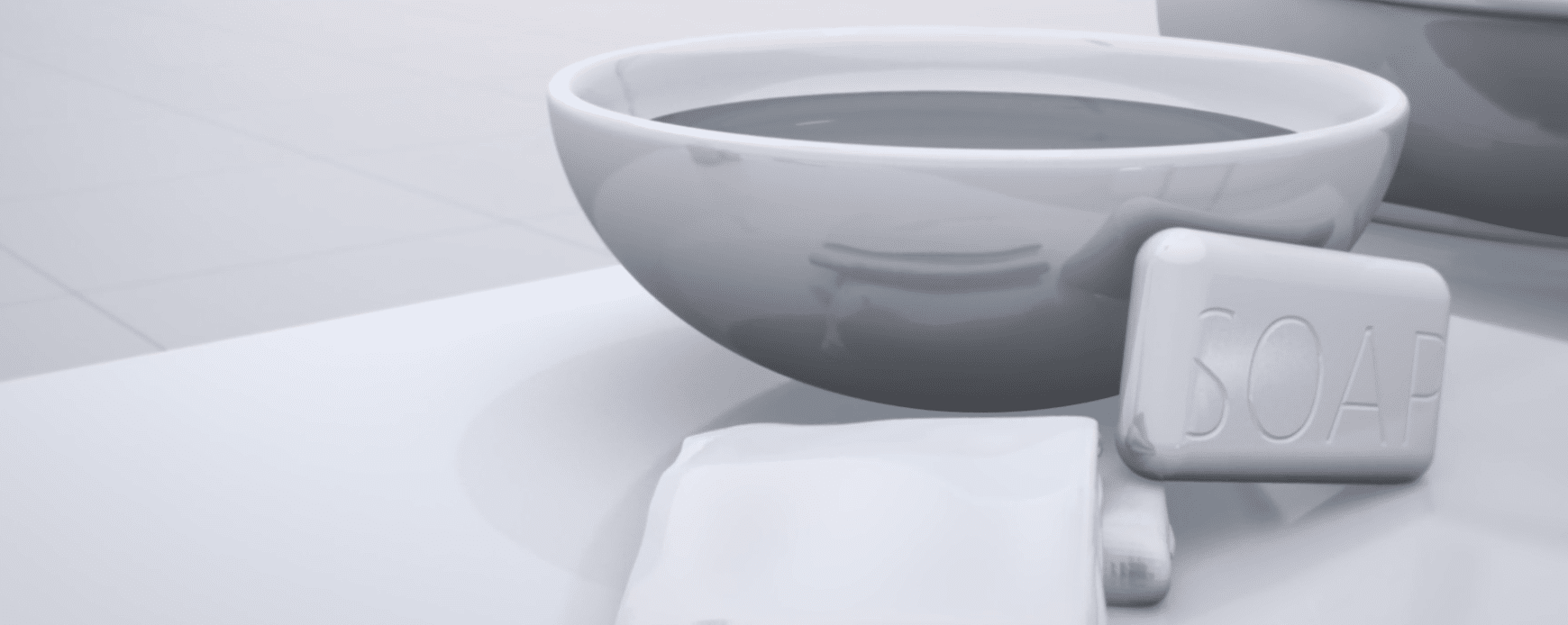
Step 2 - Completing a Sponge Bath
- You should expect to use about 7-10 cloths per washing to thoroughly bathe your patient from head to toe.
- Use a separate cloth for the face, feet, and private areas.
- If the person has a catheter, IV tube(s), EKG line(s), or other attached medical equipment, be sure to clean the insertion/connection areas of this equipment, as well as the lines or tubing.
- Start closest to the body and work away from the body. When finished, throw away the cloth — don’t flush it down the toilet.
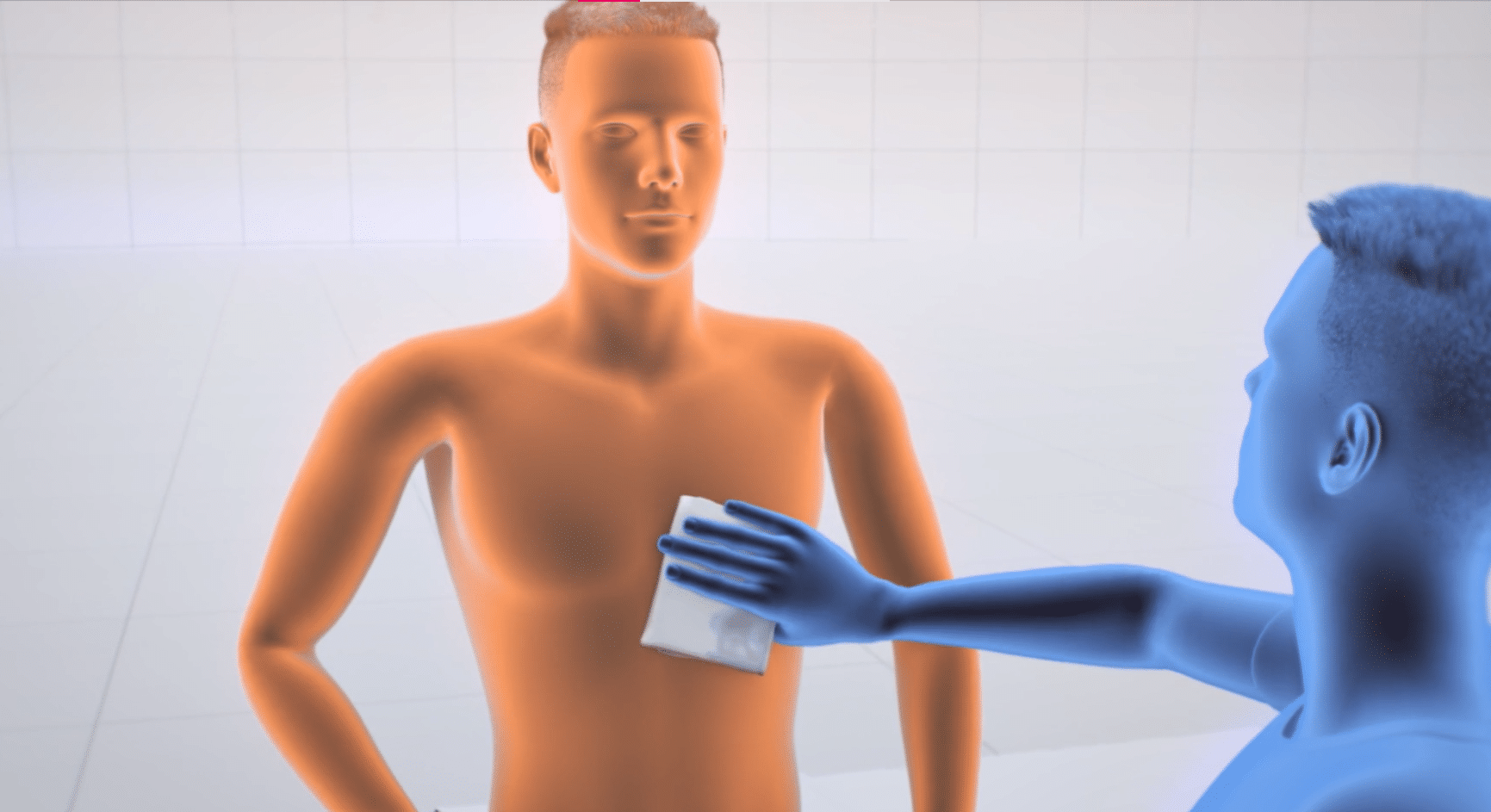
Step 3 - Post-Bath Care
- Allow the person’s skin to air dry for a few minutes before dressing them.
- Keep the room warm.
- If they have extra dry skin, consider applying either a barrier protection product or additional hypoallergenic and moisturizing lotion.
